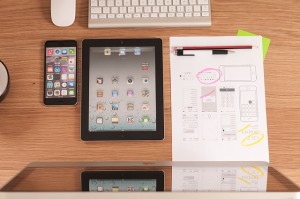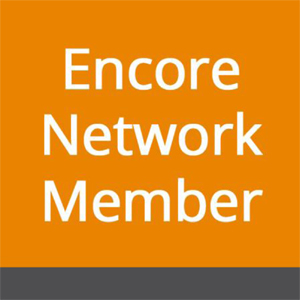 Last week I went to the movies to see The Intern, starring Robert DeNiro and Ann Hathaway. Ben, DeNiro’s character, is 70 and gets an intern position at Ann Hathaway’s fashion start up. It was an enjoyable movie, although predictable. But the scene where Ben comes to work the first day really encapsulated the digital and cultural divide between post-boomers, boomers, millennials, and Gen Xers.
Last week I went to the movies to see The Intern, starring Robert DeNiro and Ann Hathaway. Ben, DeNiro’s character, is 70 and gets an intern position at Ann Hathaway’s fashion start up. It was an enjoyable movie, although predictable. But the scene where Ben comes to work the first day really encapsulated the digital and cultural divide between post-boomers, boomers, millennials, and Gen Xers.
Ben comes in a suit and tie, carrying a briefcase, pencils and pens at the ready. Everyone else is in jeans and T-shirts, buried in digital devices, with no writing implements in sight. Ben talks to everyone, everyone else texts or tweets or instagrams, uses IM, face time or Skype to communicate with each other. Different generations, different ways of working and living.
According to Jacob Morgan in The Future of Work: Attract New Talent, Build Better Leaders, and Create a Competitive Organization , the workforce has already changed, and that change is driving the change in the workplace. From his book and an Ernst and Young study that Morgan cites, we know that
- 63.3% of US executives will be eligible to retire in the next five years, and 33% are currently eligible to retire.
- More millennials are moving into management. Close to two-thirds (65%) of Gen X full-time employees manage the work of others, followed closely by millennials (62%). Coming in a distant third, less than half (46%) of boomers say they manage the work of others. This shift has taken place in the last five years, or 2009–2014 — 85% of millennial managers say they moved into management during this time.
Morgan goes on to say:
“This means that in the next few years we will end up seeing a natural shift of new managers entering the workplace who will bring about new behaviors and new approaches to leading and running organizations. It will take a few years for this to happen but it will be a natural progression.”
 What do these new behaviors and approaches look like?
What do these new behaviors and approaches look like?
- Work anywhere – more flexible work hours and places. The office is no longer a requirement or even a physical place.
- Use any device – smartphone, tablet, or computer. No longer does the company provide you with a mandated, designated computer. You bring your own device (BYOD).
- The quality of your work counts for everything. Seat time or having to show up as a performance requirement is no longer valued, but what you contribute is. Performance reviews become frequent, informal check-ins with team members and project managers, as supports to getting work done instead of yearly meetings with human resource managers to convince them you deserve a raise.
- There is no corporate ladder, as sharing information and ideas belong to everyone. Everyone is a leader and can influence the nature and direction of work.
- Choose your own work projects – whether as part of the growing contingent workforce or on work teams that form around specific projects, team members coalesce to do specific work and then go on to other projects with other teams.
- Share information – leaders emerge from the quality and usefulness of the resources they share, not the position they hold.
- Rely on collaborative technologies to do work – working in the cloud, over web conferencing platforms, and using smartphone and tablet apps.
- Work is learning – with everyone sharing information, ideas, resources, and suggestions for new ways of looking at work problems, everyone benefits from the new knowledge shared. Working out loud is the new norm.
All of these trends require the ability to fluently use digital technology in multiple ways. Like Ben, boomers have to learn the work culture of a networked world.
Can you compete with the millennial managerial work force? Want to know more?
The Women’s Learning Studio in partnership with Encore Tampa Bay is offering ECO (Encore Tampa Bay Online) Bytes, a series of FREE, short (75 minutes) online sessions about the workplace trends mentioned above. Get started on your digital path by joining us in a web-based collaborative meeting space for each session.
While you are waiting, jump over to The Women’s Learning Studio blog and find out more about future and present workplace trends, such as BYOD (+SD) to Freelance When and Where You Want; Hollywood Project Model: New Work Norm?; The New Economy of Contingent Workers: Will it Work for You?; Book Review: The Future of Work by Jacob Morgan.

